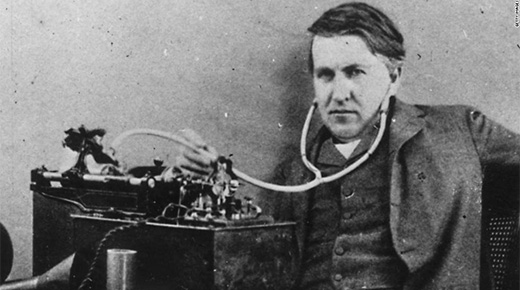What does hailing a ride with Uber have to do with 19th-century geometry and Einstein’s theory of relativity? Quite a bit, it turns out.
|
ADVERTISEMENT |
Uber and other location-based mobile applications rely on GPS to link users with available cars nearby. GPS technology requires a network of satellites that transmit data to and from Earth; however, satellites wouldn’t relay information correctly if their clocks failed to account for the fact that time is different in space—a tenet of Einstein’s general theory of relativity. And Einstein’s famous theory relies on Riemannian geometry, which was proposed in the 19th century to explain how spaces and curves interact—but dismissed as derivative and effectively useless in its time.
The point is not just that mathematicians don’t always get their due. This example highlights an ongoing controversy about the value of basic science and scholarship. How much are marketplace innovations, which drive broad economic prosperity, actually linked to basic scientific research?
…

Add new comment